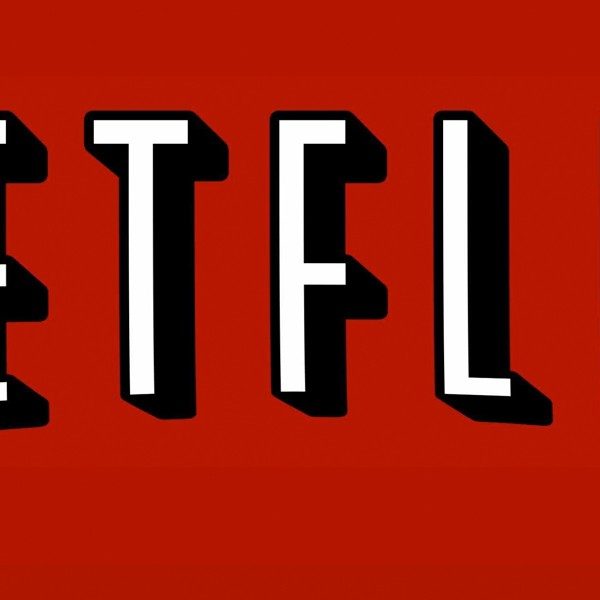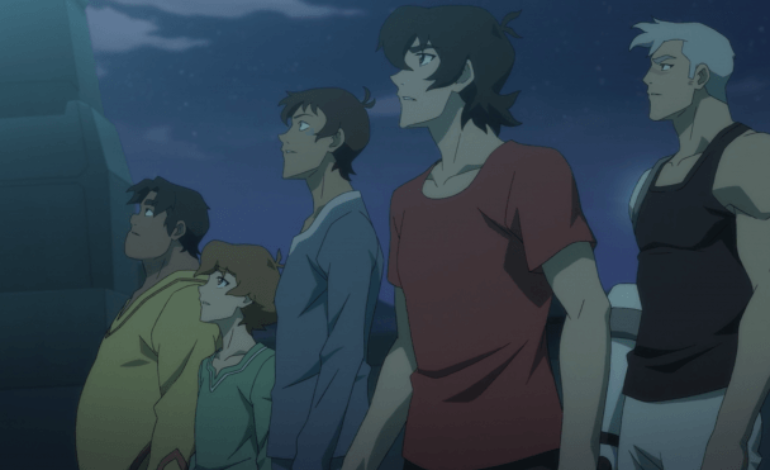

The end of 2018 also saw the end of Voltron: Legendary Defender and possibly a new beginning with some ‘firsts’ in American animated television. The series, created by Dreamworks, was a reboot of the original Japanese anime entitled Beast King GoLion, which began the Voltron franchise. It follows the Paladins of Voltron and their fight against the evil Galra Empire, which they must combine their powers to defeat. Voltron: Legendary Defender, which first aired in 2016, is comprised of 8 seasons, for a total of 78 episodes on Netflix.
The story began when an ancient civilization made a weapon of war to defend the universe, called Voltron. This 300 foot robot is comprised of five lion robots, called mechas, who are driven by pilots called Paladins. King Alfor of Altea was forced to separate the pilots in order to keep the emperor of Galra from taking over Voltron. The king gave his daughter, Allura, the energies of the lions and the ability to send them across multiple locations across the universe until the right time. The group of pilots, Shiro, Keith, Lance, Pidge, and Hunk, come upon the Blue Lion and are forced into combat with the Galran War as the Galra Empire searches for Voltron. Coming together, the five pilots must now learn to work together in order to defend the universe.
In the finale, everything comes together and some unexpected surprises are revealed. The final episode of the season, and of the show in its entirety, holds many implications that have not been the standard for youth-centered cartoons. In the episode, all realities are destroyed when the one remaining major enemy, Honerva, upends reality. The series ends with Princess Allura sacrificing herself in order to make all versions of reality safe. By doing so, she is able to create peace. It is unclear exactly what this means, whether she is dead or what has become of her, but fans speculate that she lives on in spirit form. This is mainly due to a scene that appears in one of the final moments in the show. It depicts the Paladins flying into space with what appears to be a ghostly image of Allura in the stars.
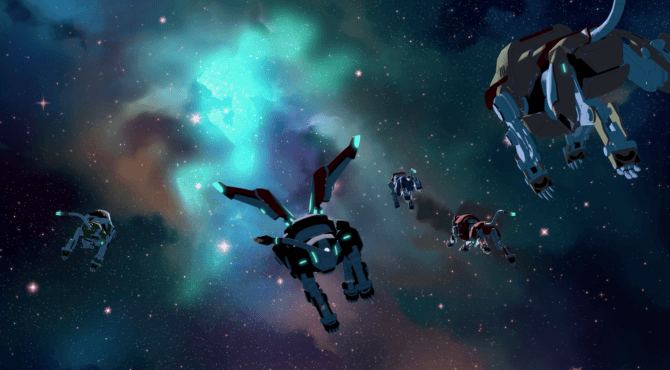

After the title card, “One Year Later,” viewers are given a glimpse into what this new world looks like, as well as some hidden gems for the observant Voltron fanatic.
Each of the six main characters are portrayed in their ideal happiest roles. Keith has changed the Blade of Marmora to a humanitarian organization, bringing unity. Hunk has become a famous chef that is able to bring the universe together through food and the diversity of his staff. Lance becomes a farmer. Kolivan and Krolia become Galra representatives of the Galactic Coalition.
In Pidge’s ending, there is a strange robot, which Pidge names “Chip.” For long-time Voltron fans, this is clearly an homage to Vehicle Voltron, a spin-off of the original Voltron that aired around the same time as, and was consequently overshadowed by, Lion Force Voltron. In the 80’s spin-off, Chip was Pidge’s brother, not a robot as depicted in Pidge’s ending sequence of Voltron: Legendary Defender. In fact, Chip was part of team Voltron, which involved flying vehicles instead of lions in the Vehicle Voltron version.
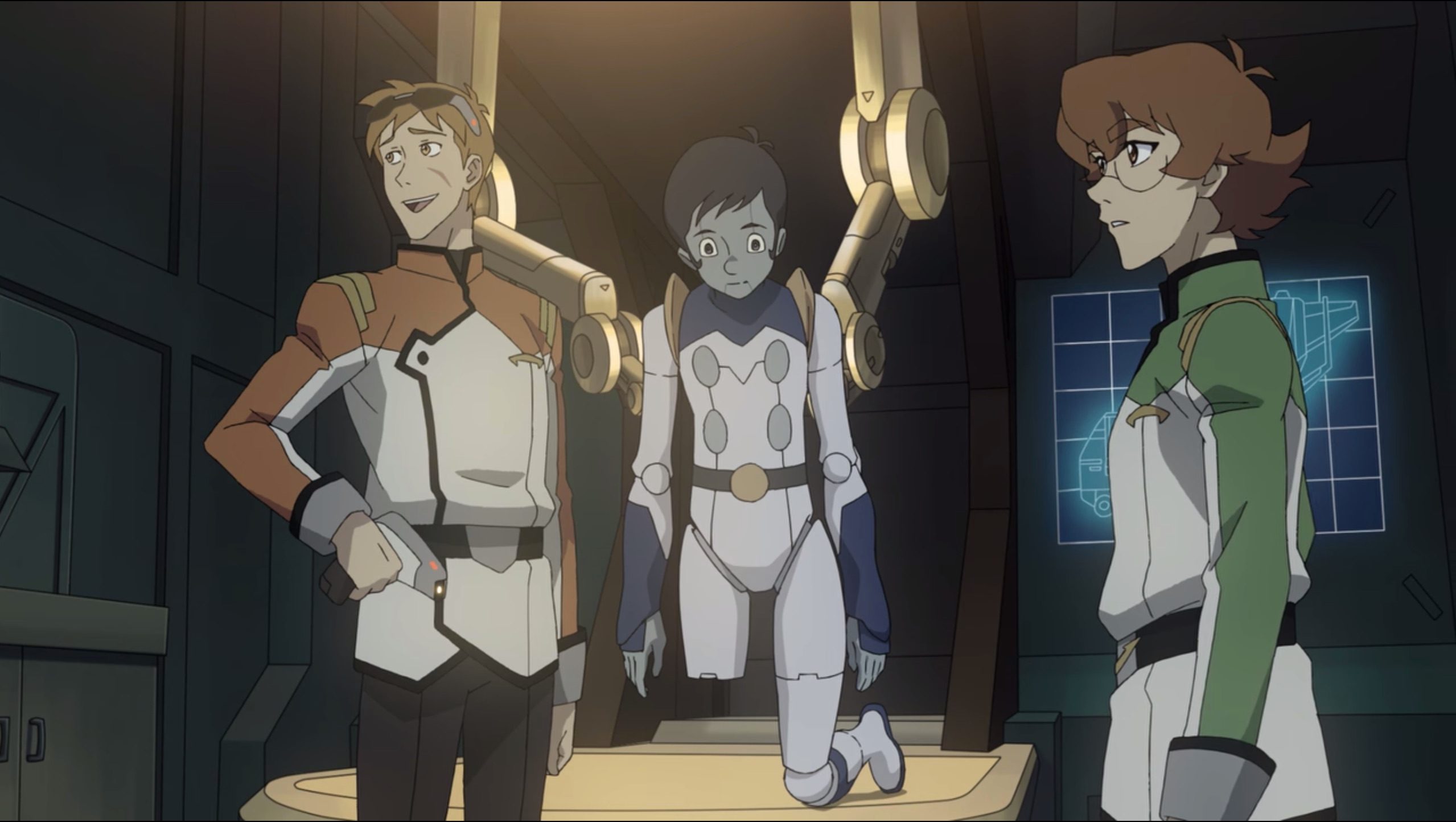

Additionally, in the slides that follow the end of the episode, Pidge is shown surrounded by various vehicles. The text at the bottom states that “The Holt family established the next generation of Legendary Defenders.” The image clearly relates back to Vehicle Voltron, with the same types of uniforms that were worn, as well as some of the familiar vehicles like the helicopter, which was Chip’s vehicle in the series. This has fans speculating whether the slide might hint at a possible future spin-off, with the Holt family having a larger part in Vehicle Voltron. The “Chip” robot, however, still remains a mystery.
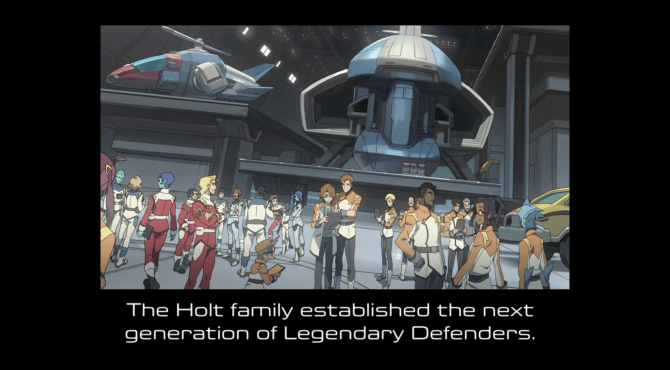

The last character shown is Shiro, who is the only character not given a defined occupation. The text below an image simply reads “found his happiness and left battle behind.” The image shows him holding hands with a tan male, with everyone in white suits. The image becomes video and shows Shiro and the man kissing in what appears to be their wedding. The character who Shiro marries at the end is named Curtis, a fellow crew member on the ship Atlas, a minor character that appeared in season 7. The episode then cuts to black with the rest of the credits, making this the final scene of the series.
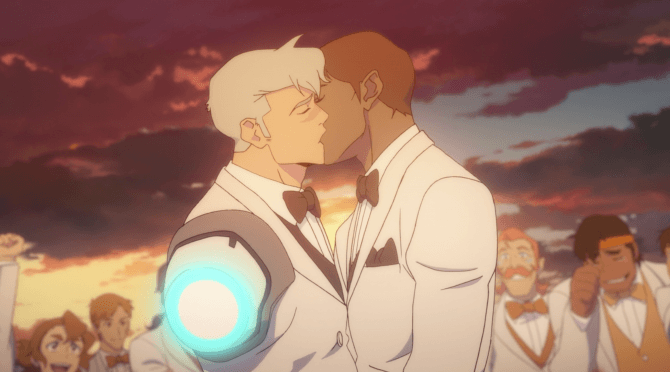

A few aspects of this ending mark a decided change in television. First, it was created in the United States, where cartoons portraying openly gay characters have been few and far between. The series was also designed for a kid-friendly audience, with a rating of TV-Y7. However, due to the depth of the show, it can be watched at any age. For this reason, some older fans of the show were upset that the second to last episode didn’t address Shiro’s ex-boyfriend’s death other than an off-camera mention. Fans were outraged by the death of Shiro’s ex-boyfriend, Adam, who died off-screen. Adam’s death was listed among the multiple losses that happened as a result of the Galra attack on Earth. Possibly due to this outrage, the writers may have decided to add in the last scene of the series in order to appease fans. Nevertheless, ending an animated series geared towards youth with two men getting married could be considered a historic moment for television.
The mention of Shiro possibly being a gay character begin in season 7, when Shiro is found to have a boyfriend named “Adam W.” Lauren Montgomery, showrunner of the series, confirmed Shiro as an LGBT character in a panel discussion at last year’s Comic Con, during which time she also explained that Shiro had to break off their engagement due to his desire to join theKerberos mission, which better explains his ending title card, which spoke of how he finally gave up battle for happiness.
Season 7 has a major moment. So, SPOILER ALERT!!!!!
We meet Adam, Shiro’s significant other. Creators said the men were heading towards marriage but broke off when Shiro chose his job. #SDCC #Voltron
— Megan Peters (@meganpeterscb) July 20, 2018
In an interview with EW, Montgomery shared her thoughts concerning the field of animation and how, at least in the US, it still is largely considered for adolescents. She added that in terms of progressive ideas, it also tends to be socially stunted: “What I’ve found in my time in animation is that animation is unfortunately always a few years behind all the other media even as far as catching up culturally, socially, progressively, and that’s regardless of who’s trying to push for more representation etc.”
From the last two seasons and ultimately in the finale, Voltron: Legendary Defender can be considered a pioneer in animated youth television, giving a voice to diversity and a window to a more diverse future for youth programming. The message of unity and peace and finding good even where most can only see evil was presented in a clear and powerful manner that will hopefully set a precedent, if not a bar, for future child-centered television and filmmaking.

